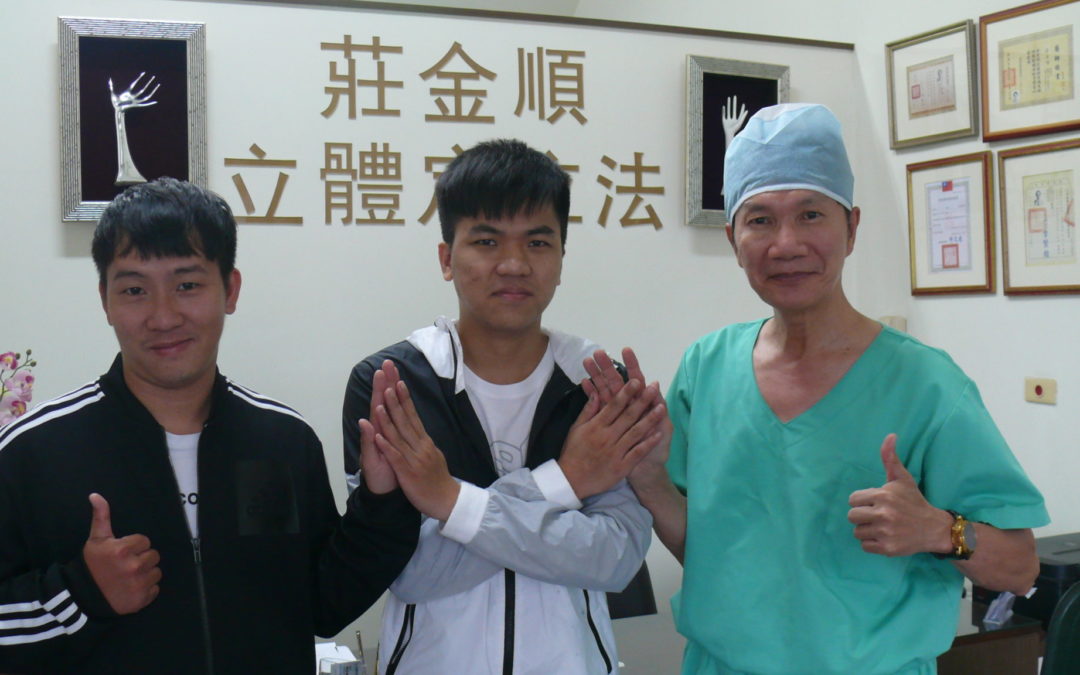
來自 莊金順 | 8 月 18, 2018 | 國外患者, 手汗治療案例
多汗體質: 手汗(滴珠狀)+腳汗+腋汗(衣服會濕,感到困擾) 手汗困擾: 主因雙手多汗導致寫字紙會濕,心理上容易因為手汗感到緊張有壓力,以及情緒越緊張手汗越流的惡性循環,最近剛畢業準備開始找工作,梁同學是念電子科系,怕有手汗不好找工作,所以想趁求職前先解決手汗困擾。 梁同學是越南僑生,門診諮詢時莊醫師問梁同學未來是否會回越南工作,因越南屬東南亞地區,無論環境溫度、濕度都比台灣還要高,關於代償性出汗可能會因為環境溫度刺激較多,術前要多加考量,經過莊醫師一個多小時詳細講解療程與個人術後療效,確定符合需求才決定治療。...



近期留言